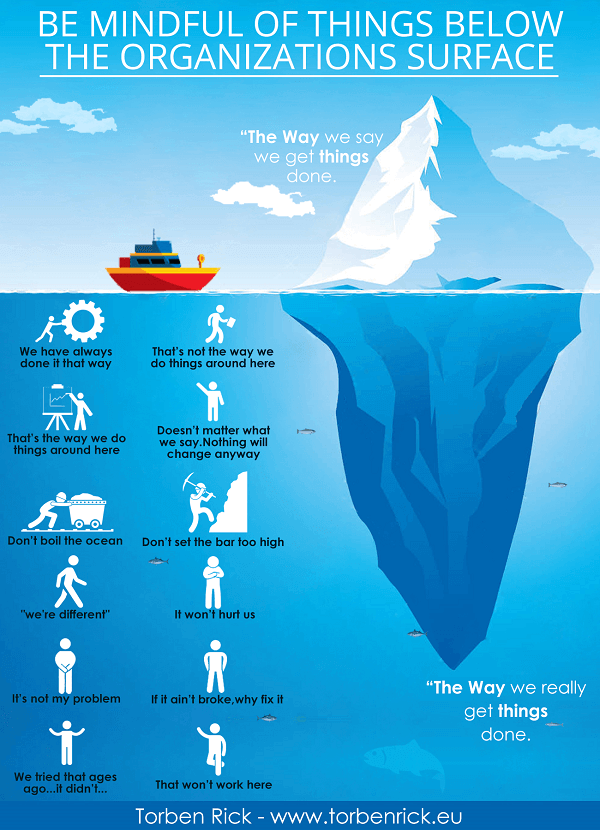The most important strategy – The key to successful business is agility
Culture or strategy ….… which comes first? Does organizational culture precede business strategy or is it the other way around?
With most economic indicators suggesting that the Great Recession is coming to an end, it’s tempting for a business that has successfully weathered the storm to breathe a sigh of relief and look forward to business as usual. But experience tells us that complacency is the worst mistake a business can make!
Many companies are missing out on the most important strategy of all: Creating a culture of agility. But this should be every companies first strategic priority because it is the culture that enables companies to flex nimbly in any direction and execute any strategy.
Agile cultures translate into forward thinking and innovation, eschewing the “that’s the way we do things around here”, “we have always done it that way” etc. etc. mentality that causes companies to freeze, and then fall quickly behind.
But how to define organizational agility
This is a great definition of organizational agility by Lee Dyer and Richard A. Shafer of Cornell University:
Organizational agility is the capacity to be infinitely adaptable without having to change. Agile organizations strive to develop a built-in capacity to shift, flex, and adjust, either alone or with alliance partners, as circumstances change, and to do so as a matter of course.
Being infinitely adaptable is the key here, and there’s really only one way to do that: Create the culture that has the built-in capacity for agility.
Agility is linked to profitable growth: Massachusetts Institute of Technology research suggests that agile firms grow revenue 37 percent faster and generate 30 percent higher profits than non-agile companies.
What are the main barriers to agility
Internal barriers – the culture – prevent organizations from being agile. The barriers include hubris, complacency and resistance to change, poor decision-making, lack of alignment around strategies, vision and values, risk-averse mindsets, siloed thinking and turf wars.
The first strategic priority
Creating a culture of agility is possible and should be the first strategic priority because it is the culture that spawns an organization’s ability to adjust in any direction and execute any strategy.
Short URL & Title:
The most important strategy – Culture trumps strategy — https://www.torbenrick.eu/t/r/eve
Share it:
If you enjoyed this article, please take 5 seconds to share it on your social network. Thanks!









culture is certainly important – it is the enabler, not a terminal objective. knowing where the organization is in-time, and where it wants to go seems to me to be the first strategy.
Thanks for your comment Marigrace. Knowing where the organization is in-time – the current organizational culture – is key. Without a good solid understanding of the current situation it is NOT possible to move in the right direction. Sadly to many companies overlook this key element.
Rick,
Thanks for a great post. In most cases I would agree with you. The only exception is when agility is used without smart thinking. I have seen firms jump from one sure fire strategy to another without careful analysis. Optimism is great but it needs to be balanced with reality.,
Mary